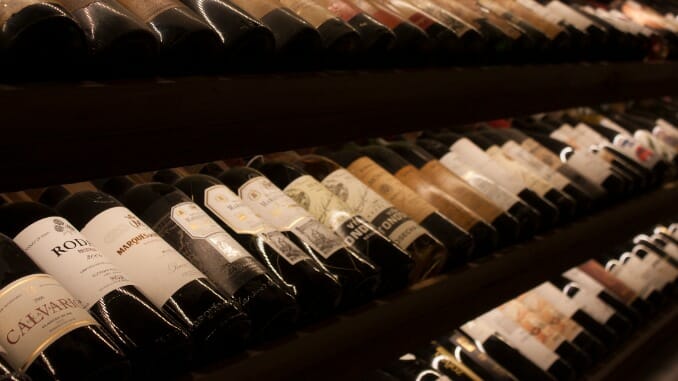What’s Behind ‘Green’ Wine Labels?
Photo by Javier Balseiro/Unsplash
The market for organic products in the United States has grown more than 25-fold in the last two decades. Somehow, though, wine made with organic methods hasn’t shared in this growth. There are “green” wines, of course, but they’re a tiny part of the market and wine drinkers have shown little enthusiasm for them—certainly not in the way grocery shoppers have flocked to organic products.
Most analysts say worldwide organic wine consumption represents less than 5 percent of all the wine made, and it’s likely no more than a couple of points in the U.S. despite recent signs wine drinkers want to be greener. Doubt this? Then check out the size of the organic vegetable department at the local grocer and compare it to a similar section at the neighborhood wine shop. The former will be much, much bigger.
The reasons for this center around confusing terminology; while an organic tomato is an organic tomato, a wine made with organic grapes is not necessarily an organic wine. In addition, the wine business has never embraced organics; only a handful of U.S. wineries with national reach make organic wines. And even the best-intentioned retailers are often confused or disdainful or both when it comes to green wines, stuffing them in the back of the store where no one can find them.
Finally, most consumers are not quite sure if organic wines are supposedly of higher quality because they’re organic or because they contain higher-quality grapes and are made by more talented winemakers with more resources and better soil at their disposal.
Knowing this, there are broadly six kinds of green wine:
Made with Organic Grapes
These wines are produced similarly to other organic produce since the grapes used to make the wine must be grown according to federal regulations and certified by a third-party organization. These wines will carry a label that says “made with organic grapes.” This method, though, doesn’t guarantee that other parts of the winemaking process, like the yeast used for fermentation or the wood barrels used for aging, are organic.
Labeled Organic
These wines are made with organic grapes and require organic yeast, and added sulfites are not permitted. Sulfites occur naturally in all wines and act as a preservative, and conventional winemakers usually add more sulfites to the wine during before, during or after fermentation to keep the wine from spoiling. This term is also regulated by the federal government and requires third-party certification, and label will say “organic wine.” So what’s the difference between the two in terms of quality? It all depends who you ask.
-

-

-

-

-

-

-

-

-

-

-

-

-

-

-

-

-

-

-

-

-

-

-

-

-

-

-

-

-

-

-

-

-

-

-

-

-

-

-

-








































